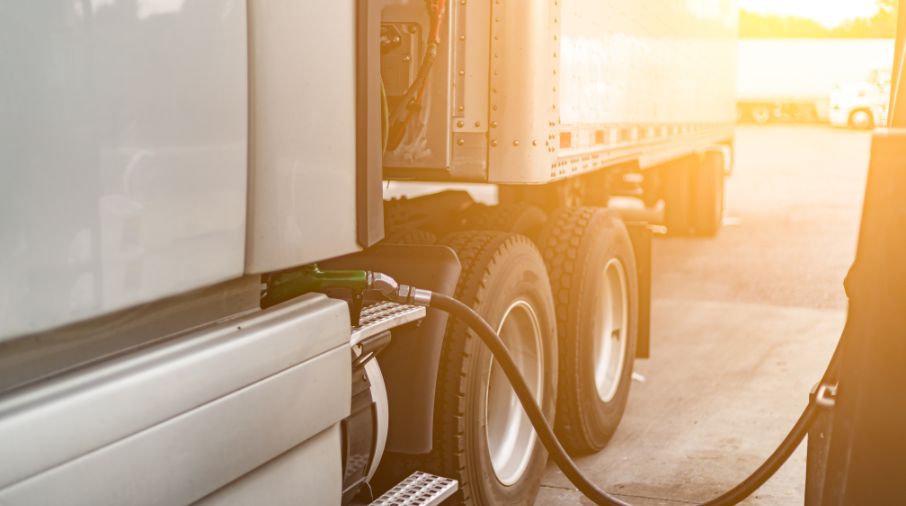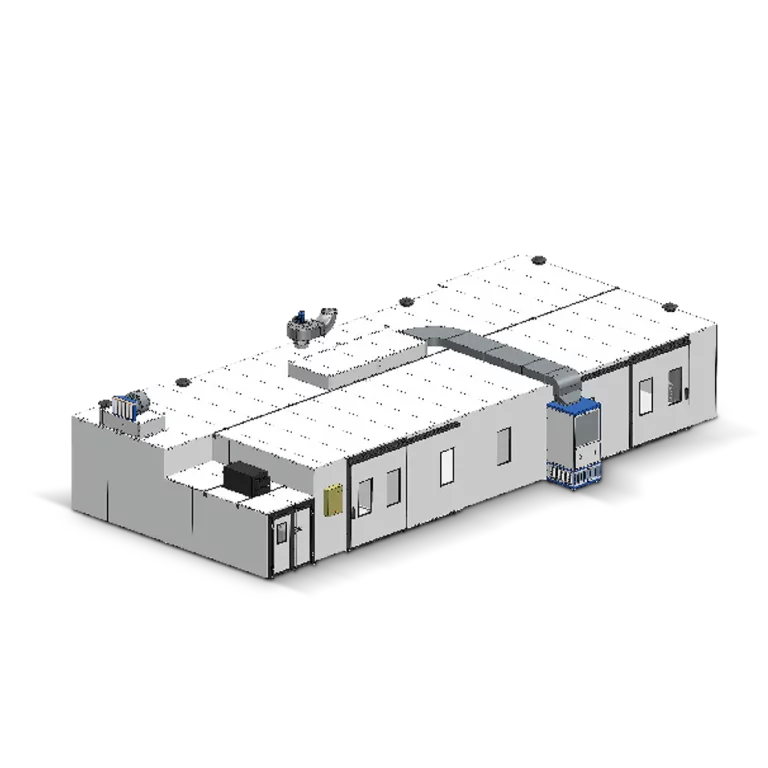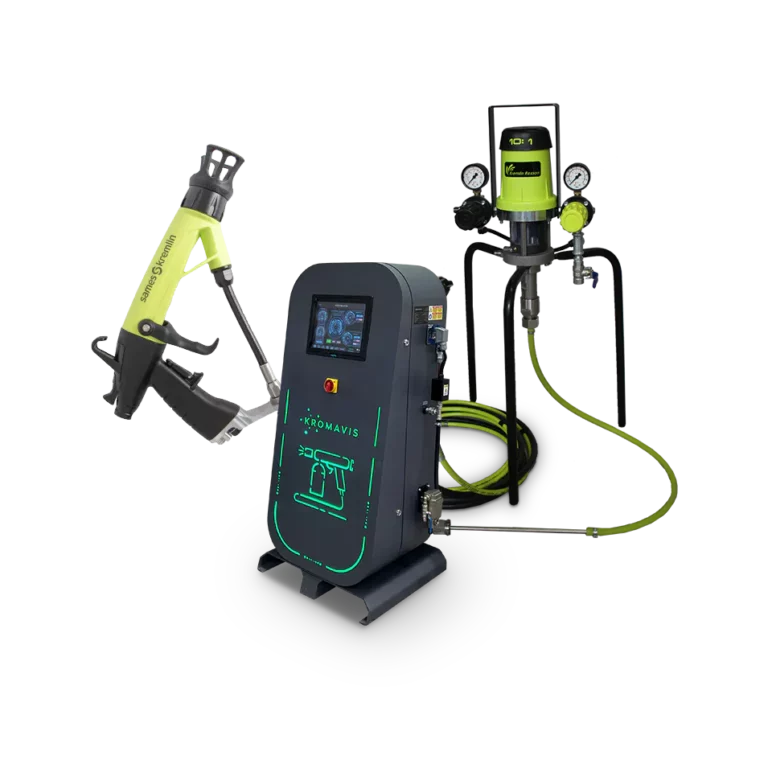Fuel transfer efficiency is a key factor in a variety of applications, from vehicle refueling to industrial operations, and the choice between electric and manual pumps directly impacts productivity, safety and accuracy in fuel handling. While manual pumps are still used in specific situations, automation has established itself as a superior alternative in many scenarios.
In this article, we will analyze the characteristics of manual and electric pumps, highlighting their advantages and limitations, exploring how automation in fuel transfer can optimize processes, reduce waste and increase the reliability of operations. Comparing these technologies will allow us to understand which solution best adapts to different needs and environments.
To make informed decisions, it is essential to understand the differences between electric and manual pumps and to evaluate the benefits of automation in fuel transfer. Read on to find out how these technologies can influence efficiency and safety in fuel supply and transportation.
Hand pumps
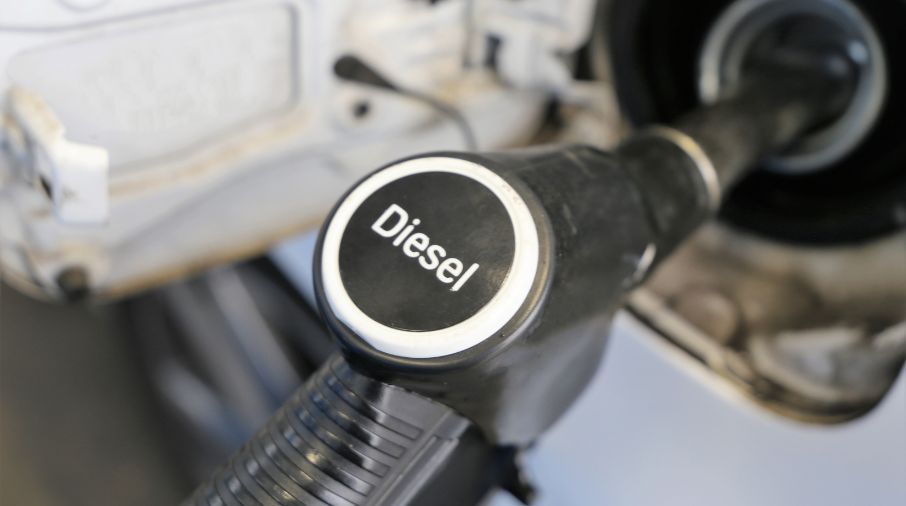
Hand pumps are mechanical devices that use human power to transfer liquids, such as fuels, from one reservoir to another. They operate using suction or positive displacement principles, actuated by levers, pistons or diaphragm systems. The main types include:
Piston (or plunger) pump: Uses a cylinder and piston to create a vacuum and move fuel. Common in agricultural and industrial applications.
Diaphragm pump: It has a flexible membrane that moves to suck and expel the liquid. It is safer against leaks, as it prevents direct contact of the fuel with moving parts.
Siphon pump: Uses pressure difference to allow continuous flow of fuel after an initial pump. Simple, but less efficient for large volumes.
Rotary lever pump: Operated by turning a crank, suitable for fuel drums and gallons. Popular in mobile stations and industries.
Advantages of hand pumps
One of the main benefits of hand pumps is their low initial cost, cheaper than electric pumps, both to purchase and to install. In addition, they are simple to operate, requiring no advanced technical knowledge to use.
Another important advantage is that they work independently of energy, such as electricity or battery, making them ideal models for remote locations or emergencies and, as they have fewer electronic components, there is less need for maintenance and less risk of complex failures, with some compact and lightweight models being able to be easily transported to different locations.
Disadvantages of Hand Pumps
There are some disadvantages to manual models. The main one is the high physical effort required, since manual pumps depend on human strength to operate, and prolonged use can become tiring. Another important point is that the transfer rate is limited by the strength of the operator, that is, because they have a lower flow rate, the process takes longer when compared to electric pumps.
Frequent handling can cause wear on seals and connections, increasing the risk of spills and, in operations that require frequent fuel transfer, productivity is reduced, making its use less efficient when compared to automated systems.
Electric pumps
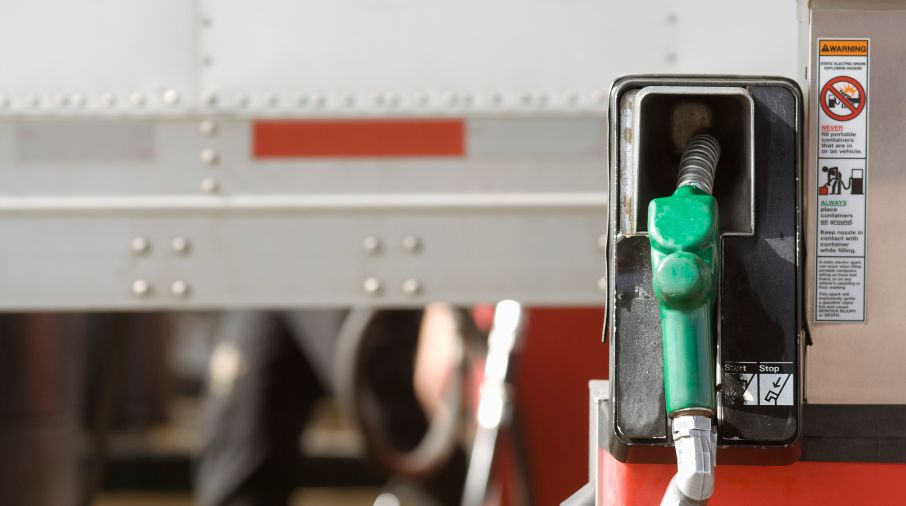
Electric pumps use an electric motor to propel fuel from one tank to another, eliminating the need for manual effort. They operate based on the principles of suction, pressure and fluid displacement, allowing for more efficient and controlled transfer. Their main models include:
Centrifugal pump: Uses a rotating rotor to create centrifugal force and propel the fuel. Common in high-volume applications such as industrial and agricultural fueling.
Electric diaphragm pump: Similar to a manual diaphragm pump, but electrically driven. Ideal for flammable liquids, as it prevents sparks and reduces the risk of leaks.
Gear pump: Uses internal gears to push fuel with high precision. Suitable for controlled transfer in industrial and commercial systems.
Peristaltic pump: Moves liquid by compressing a flexible tube. Used in specific applications where precise flow is required without direct contact with mechanical parts.
Submersible pump: It is located inside the fuel tank itself and pushes the liquid out. Common in gas stations and underground applications.
Advantages of electric pumps
Electric pumps are capable of transferring large volumes of fuel quickly, and with a higher flow rate, they increase the efficiency of the process. Furthermore, due to their electric drive, they require less physical effort, eliminating the need for manual pumping, reducing physical wear and tear on the operator.
Another important advantage is related to safety. Many models have automatic shutdown systems, flow sensors and overheating protection, reducing the risk of leakage and contamination.
Because they can be automated, they can be integrated into automated systems, allowing remote control, fueling schedules and digital monitoring. Finally, they provide greater precision in fueling, as electronic adjustments allow for more precise flow control, minimizing waste and ensuring greater efficiency in fuel use.
Disadvantages of electric pumps
Despite having many advantages, electric pumps have some disadvantages when compared to manual pumps, such as higher cost, dependence on electrical energy and more complex maintenance (which can also influence the cost). In addition, in continuous applications or under high load, some pumps can overheat, requiring breaks for cooling.
Automation in fuel transfer
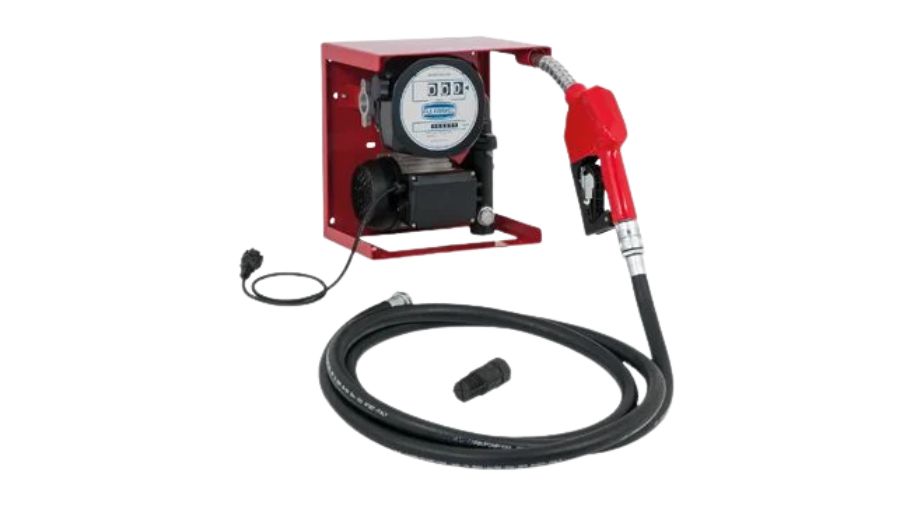
Fuel transfer automation involves the use of electronic and technological systems to control and monitor fuel flow without the need for constant manual intervention. This automation can be applied in a variety of ways, such as level and flow sensors that can monitor the amount of fuel transferred, avoiding waste and ensuring accuracy in fueling.
Another possible improvement is that automated valves and pumps can act in synchronization to regulate fuel flow and pressure, optimizing the transfer process. In addition, remote control panels allow for programming of fueling, automatic shutdown and precise flow adjustment.
Gradually, other improvements are also gaining ground, such as integration with management software, digital systems that record supply data, allowing remote control and analysis of consumption in real time.
Benefits of automation in fuel transfer
The benefits of automation in fuel transfer are many, among the main ones is greater efficiency – since automation reduces refueling time and improves operational performance, avoiding waste – and greater safety, since leak sensors, automatic shutdown and remote monitoring minimize risks in the operation.
With improved control, these systems record each operation, allowing detailed tracking of consumption and preventing errors. This reduces operating costs, optimizing fuel use and corrective maintenance costs, in addition to reducing environmental costs, as automated technologies prevent leaks, contributing to sustainability and compliance with environmental standards.
If you are looking for efficiency, safety and cost reduction in fuel transfer, automation is the ideal way to optimize your operations. With electric systems, you eliminate manual effort, increase productivity and ensure greater control over the process. To learn more, visit the website Flexbimec or contact one of our experts and find out how we can help transform your fuel management.
Did you like this post? Share it with your friends or on social media. For more tips on painting and its equipment, visit our blog, always with exclusive content.
